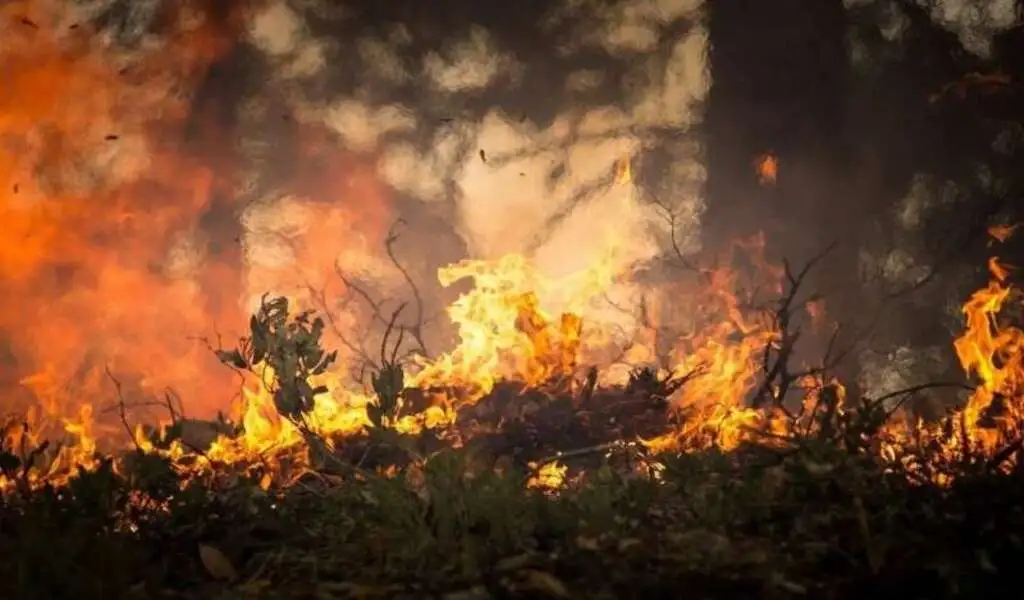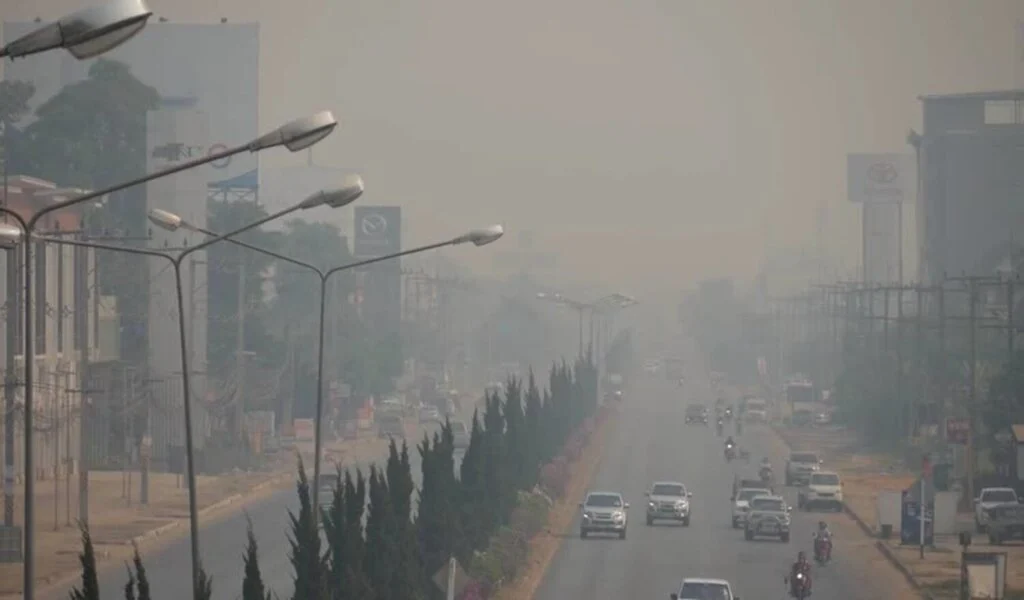(CTN News) – The record-setting wildfires in Canada in 2023 devastated air quality, as shown by numerical air quality models. This showed that the damage extended across Northern Hemisphere, not only in Canada and the northern United States.
In 2023, Canada had record-setting wildfires that captivated the world. These flames not only burned the largest area in the country’s history, but they also had a devastating effect on air quality across the vast nation, reaching as far as the United States.
Many areas were forced to evacuate due to the smoke from the flames, which caused multiple severe air quality advisories.
Even within North America, our knowledge of how the most deadly pollutants disseminated was limited, and it was unclear how far this dangerous air pollution had gone beyond the northern US and Canada.
“Photos from New York City in July appeared in news outlets worldwide, depicting the city enveloped in an almost unbreathable orange haze reminiscent of a dystopian film,” remarked Zhe Wang, a researcher affiliated with the State Key Laboratory of Atmospheric Boundary Layer Physics at the Institute of Atmospheric Physics (IAP) of the Chinese Academy of Sciences and the study’s lead author.
Based on our knowledge of particulate matter’s long-range movement, however, it’s probable that the flames also affected Asia and Europe. How much, though, was a mystery to us.
So, using numerical air quality model models, Dr. Wang and other IAP researchers set out to determine the full worldwide scope of this public health danger. Air quality models, which are mathematically similar to climate models, attempt to mimic the effects of weather and chemical reactions on the dispersion of air contaminants.
The IAP-AACM, an in-house computer model constructed as a module within the larger CAS-ESM, was utilized by the IAP scientists for this investigation. CAS-ESM is the Earth System Model of the Chinese Academy of Sciences.
The study’s authors discovered that long-range wind transport of contaminants caused air quality to drop drastically across the northern hemisphere, with Canada bearing the brunt of the impact.
The wildfire’season’ in Canada lasted from May 15 to August 22, with six distinct periods of widespread air pollution occurring between June 5 and 9, June 24-July 1, July 12 and 19, August 17–15, and August 17–22.
The initial incident impacted air quality in the central and northern regions of the United States and Canada. The second event had an especially devastating effect on the United States’ northeast.
PM2.5 Concentrations and Health Impact
A comparison with real-world observations confirms the model’s accuracy in this case. Eleven monitoring locations in New York City determined that on June 7, the concentration of fine particles with diameters of 2.5 microns or less (PM2.5—the most hazardous particulate matter compared to larger but less hazardous particles with a diameter of 10 microns, or PM10) reached the worst air quality level seen in over 50 years.
The model indicated that PM2.5 particles were delivered to Europe during the third major episode of severe air pollution, while the fourth episode once again concentrated its severest presence in western Canada and the central northern US.
The sixth episode hit the western and eastern coasts of the United States, whereas the fifth one mostly hit northern Canada. In the middle and late summer, the Arctic region received significant concentrations of PM2.5 due to the northward march of the wildfires.
Over half of the world’s pollution days—40 in western and eastern Canada and more than 10 in the northeastern United States—included PM2.5 concentrations greater than the 15 εg/m² recommended by the World Health Organization for air quality.
However, because the dominant westerly winds carried the wildfire plumes over the Atlantic Ocean, such concentrations increased over large portions of Europe and western, central, and eastern Asia.
The result was that, across the Northern Hemisphere, maximum PM2.5 concentrations were more than 1 microgram per cubic meter, which is lower than the World Health Organization recommendation but still has an effect. The northwest region of China had an increase in PM2.5 concentration to approximately two micrograms per cubic meter.
Extremely high PM2.5 concentrations—more than 150 PM2.5, or about ten times the World Health Organization’s maximum—hit western and eastern Canada the worst.
In addition to studying air quality, the researchers utilized computer modeling to look at how the Canadian fires’ greenhouse gas emissions were distributed worldwide.
Implications for Future Wildfires and Emission Reduction Goals
Researchers discovered that carbon dioxide levels had risen mostly over North America in May due to the fire, but also across Europe and northwest Asia in June.
In July, CO2 levels caused by wildfires were higher than 0.1 ppm across most of the Northern Hemisphere, except southeast Asia, southern China, and India. By August, these levels had risen to over 0.2 ppm.
There are two main effects of the flames’ contribution to the rise in GHGs. First, it adds to the already-present global warming by making these areas even hotter, which makes the kind of weather that makes flames worse more likely. More wildfires equals more wildfires, basically.
Secondly, in 2023, Canada’s emissions of greenhouse gases due to wildfires were higher than the country’s goal for reducing these emissions over the next decade, as set out in legislation.
“A single year of wildfires has wiped out Canada’s 2030 Emissions Reduction Plan,” stated Zifa Wang, corresponding author of the study.








